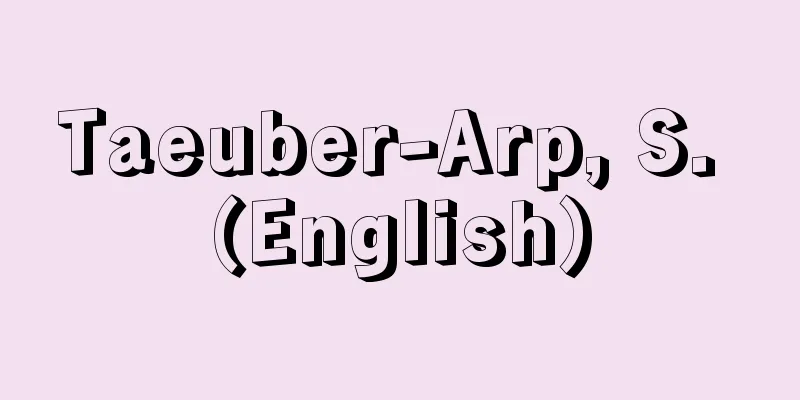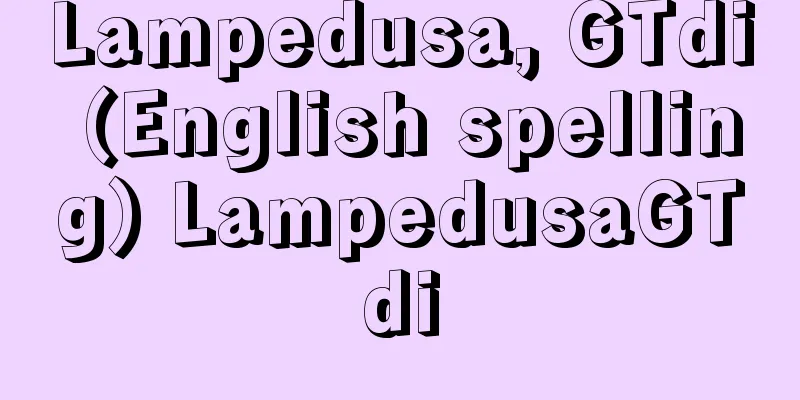Vajrasattva - Vajrasattva

|
This deity plays a role in connecting Dainichi Nyorai, the central doctrine of the Shingon esoteric Buddhism system, with the bodhi mind of all living beings. It is also said to be the same entity as Fugen Bosatsu. In Sanskrit, it is called Vajra-sattva. Vajra is a diamond, or hard, and sattva is a transliteration of Sattva, meaning bravery or sentient being. It is also called Shu Vajra, Vajrapani, and Taiyu Vajra. It is worshipped as the mother of the various Vajra deities and as the mother of Buddha, and is actively worshipped in Tibetan Buddhist (Lamaism) cultural spheres such as Tibet. It is also considered the second of the Shingon Eight Patriarchs. The image is of a bodhisattva, and according to the Rishu-e, Jojinne, and Misaie sects of the Kongokai Mandala, it wears a Five Buddha Crown, holds a five-pronged vajra in front of its chest in its right hand, and a five-pronged bell in its left hand, placed at its side. Its body is flesh-colored and it sits in a cross-legged position. There was a secret sculpture of this Buddha in the Kondo Hall of Mount Koya, but it burned down in 1926 (Showa 1). Other examples include a Vajrasattva (Heian period, national treasure) among the five great bodhisattvas in the lecture hall of Toji Temple (Kyoogokokuji Temple), and a work from the Kamakura period at Zuishin-in Temple (Kyoto). [Toshiaki Manabe] Source: Shogakukan Encyclopedia Nipponica About Encyclopedia Nipponica Information | Legend |
|
真言密教の教理体系の中心である大日如来(だいにちにょらい)と衆生(しゅじょう)の菩提(ぼだい)心をつなぐ役割をもつ一尊。普賢菩薩(ふげんぼさつ)と同体ともいわれる。サンスクリット語ではバジラサットバVajra-sattvaという。バジラは金剛、堅い、サットバは薩埵と音写し、勇猛、有情(うじょう)の意。執(しゅう)金剛、金剛手(しゅ)、大勇(たいゆう)金剛などともいう。金剛部諸尊の部母、仏母的存在として礼拝(らいはい)され、チベットなどチベット仏教(ラマ教)文化圏でも盛んに信仰されている。また真言八祖像では付法の第二祖とされる。図像は菩薩像で、金剛界曼荼羅(まんだら)の理趣会(りしゅえ)、成身会(じょうじんね)、微細会(みさいえ)によると、五仏宝冠を頂き、右手は五鈷杵(ごこしょ)を胸前に持ち、左手は五鈷鈴を握って腰脇(わき)に置く。身色は肉色で結跏趺坐(けっかふざ)する。彫刻では高野山(こうやさん)金堂に秘仏があったが、1926年(昭和1)焼失。ほかに東寺(教王護国寺)講堂の五大菩薩像中の一体金剛薩埵(平安時代、国宝)と、随心院(京都)に鎌倉時代の作例が現存する。 [真鍋俊照] 出典 小学館 日本大百科全書(ニッポニカ)日本大百科全書(ニッポニカ)について 情報 | 凡例 |
Recommend
Sibiu (English spelling)
Sibiu is the capital of Sibiu County (area 5,422 k...
Gloss - High gloss
A physical property of an object's surface, an...
Thatched roofing - Kayabuki
A roof made of thatch. Also, the act of thatching ...
Jungmann, J.
…Izmail Ivanovich Sreznevskii (1812-80), author o...
F Plan - F Plan
…In the UK, there are two levels of planning base...
Mir Babar Ali Anis
1802‐74 Anis was a poet active during the reign of...
Athena Parthenos
Statue of the goddess Athena, the chief deity of t...
Mühldorf (English spelling)
…Duke of Bavaria (1302-47), King of Germany (1314...
Obaku Kiun
Date of birth and death unknown. A Zen monk from ...
Sebastian Viscaino
Spanish envoy to Japan. At a young age, he partic...
Imibi Festival - Imibi Festival
...In the Heian period, the Imperial Court had a ...
Geometry - kigagaku (English spelling) geometry
Mathematics is broadly divided into algebra, geom...
Mitchell, P.
…The mechanism of the reaction that converts the ...
Eckert's formula - Eckert's formula
…About 94% of the total amount of water near the ...
Germination - Hatsuga
It refers to the resumption of growth of the seed...









